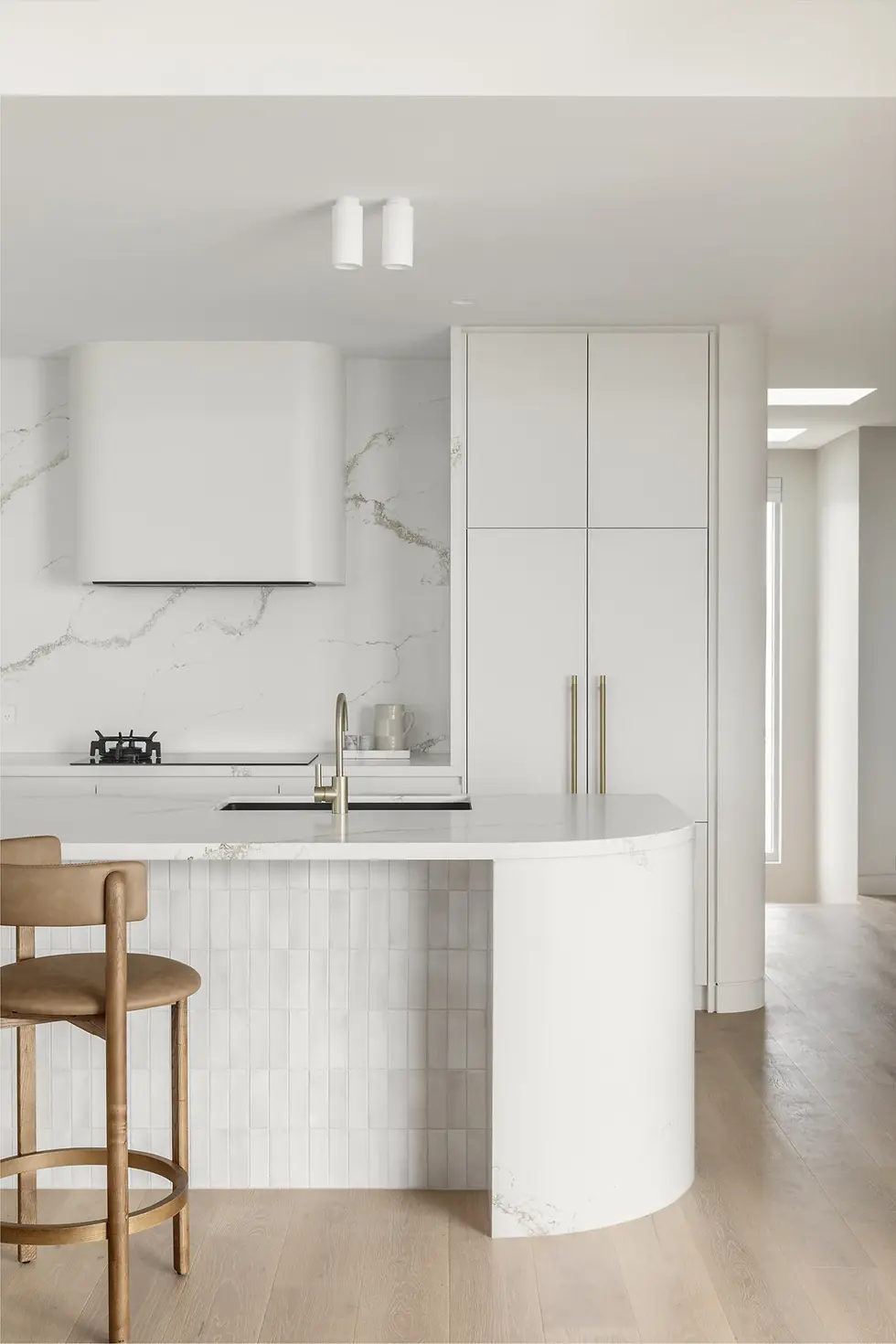How to Install direct glue down engineered timber flooring on a concrete subfloor?
- Imperial Flooring Australia

- Jul 1
- 4 min read
Updated: Nov 12
Transforming your space with engineered timber flooring can add warmth and style. The direct glue down method is especially effective on concrete subfloors, offering a solid bond that reduces movement. In this article, we’ll walk you through the installation process step-by-step, ensuring your project is successful from start to finish.

Understanding Engineered Timber Flooring
Engineered timber flooring features a real wood surface layer, supported by layers of plywood or High-Density Fiberboard (HDF) beneath. This design helps it resist changes in humidity and temperature more effectively than traditional solid wood flooring.
Opting for a direct glue down installation means you will use a specially formulated adhesive to attach the flooring directly to the concrete subfloor. This method eliminates the need for underlayment, making it ideal for spaces where insulation is not a priority. For example, in basements where moisture management is vital, this method remains a popular choice.
Preparing the Concrete Subfloor
Proper preparation of your concrete subfloor is essential for a successful installation.
Step 1: Clean the Surface
Start by making sure the concrete surface is clean. Ensure it is free from dirt, dust, grease, and remnants of previous floor coverings. Use a broom or vacuum to remove loose debris, and scrap the floor with a floor scraper if required.
Step 2: Install a Moisture Barrier
Since concrete retains moisture, it is critical to Install a moisture barrier before installation.
Step 3: Repair Any Imperfections on the concrete subfloor
Look for cracks, high spots, low spots or uneven areas in the concrete. Use a concrete patching floor self levelling compound to fill any cracks and level out any dips or bumps. Ground back any high spots with a floor grinder.
Acclimating the Boards
Engineered timber flooring responds to humidity and temperature changes, causing it to expand or contract. To help minimise future movement, acclimate your boards in the installation room.
Step 4: Acclimate
Leave unopened boxes of flooring in the room for 24 to 48 hours prior to installation. Make sure that the room maintains a temperature between 15°C - 27°C during this time. This practice allows the boards to adjust properly and can reduce warping risks.
Tools and Materials Needed
Gather the following tools and materials to ensure a smooth installation process:
Tools:
- 4.8mm Trowel
- Tape measure
- Mitre Saw
- Table Saw - Multi-Tool
- Straight edge - Pulling Iron
- Scraper
- Knee Pads
- Cleaning wipes (Handy wipes)
Materials:
- Engineered timber flooring boards
- Timber flooring adhesive
- Moisture barrier - Floor self levelling compounds (If required)
Installing the Engineered Timber Flooring
With everything in place, you are ready to begin installing your flooring.
Step 5: Plan Your Layout
Before applying adhesive, carefully plan the layout of your flooring. It is typically best to run the boards parallel to the longest wall. For example, if your room is long and narrow, this setup will create a more visually appealing space. Check your set out to ensure rooms are square, any areas out try and properly plan where you will be running boards to a wall or finish floor section on potentially an out line area.
Step 6: Apply Adhesive
Using the trowel, apply timber flooring adhesive to a small section of the concrete subfloor. Follow the manufacturer's guidelines for the correct amount to ensure a strong bond.
Step 7: Lay the First Board
Press the first board firmly into the adhesive at your starting point. It’s important to lay this first board straight, as it provides a guide for the rest of the installation.
Step 8: Continue Laying Boards
Begin placing the subsequent boards, applying adhesive as needed. Make sure there are zero gaps between the boards, and stagger the seams for a more natural look. If you encounter boards that do not fit properly, use a utility knife to trim them accurately.
Step 9: Roll the Floor
After laying all the boards, it’s crucial to press them down firmly. Use a roller or scraper to ensure that the flooring bonds fully with the adhesive, preventing future movement.
Final Details
Step 10: Clean Excess Adhesive
Once installation is complete, check for any excess adhesive that may have squeezed out between the boards. Wipe this away with a damp cloth immediately, as it becomes much harder to remove once dried.
Step 11: Allow Curing Time
Always consult the adhesive manufacturer's instructions regarding curing times. Make sure to avoid foot traffic on the newly installed floor until the adhesive has fully cured, which can typically take between 24 to 48 hours.
Step 12: Add skirtings / Baseboards and finishing trims
After the flooring is completely cured, you can reattach any skirting / baseboards you removed before starting. If your engineered flooring meets another type of flooring, install finishing trims to create a smooth transition between the two surfaces.
Transforming Your Space
Installing direct glue down engineered timber flooring on a concrete subfloor can significantly enhance your home’s ambiance. By following these steps and paying attention to preparation and moisture levels, you will create a sturdy and beautiful floor that you can enjoy for years.
Enjoy the elegance and charm that comes with engineered timber flooring, elevating both the style and functionality of your space.





Comments